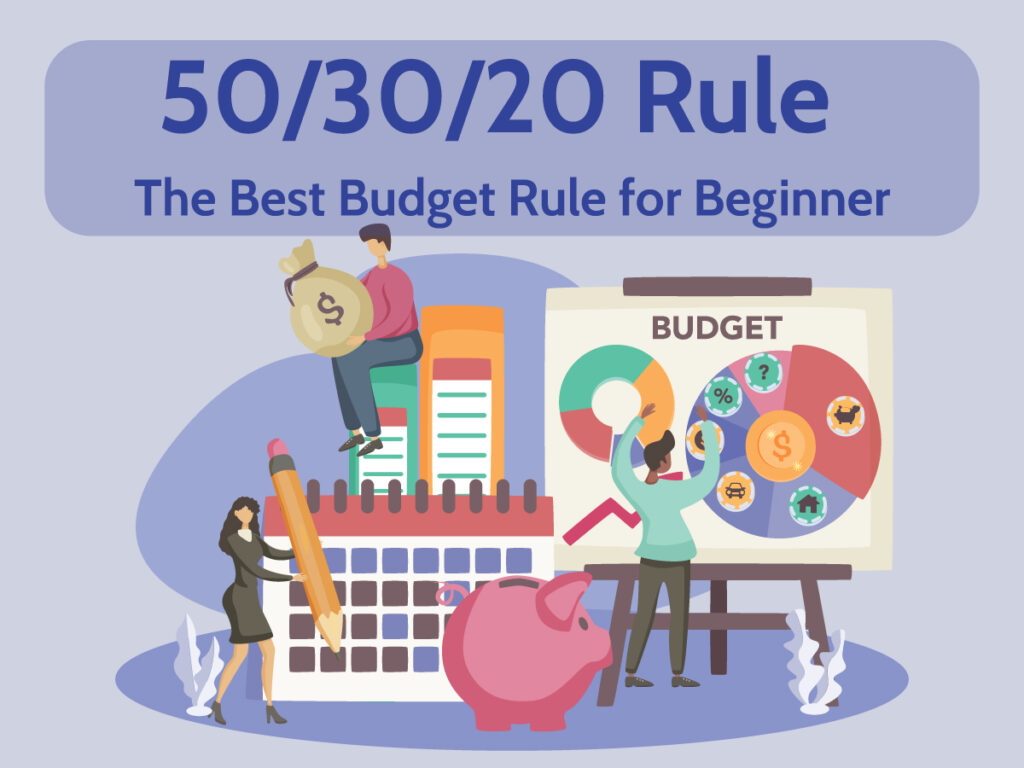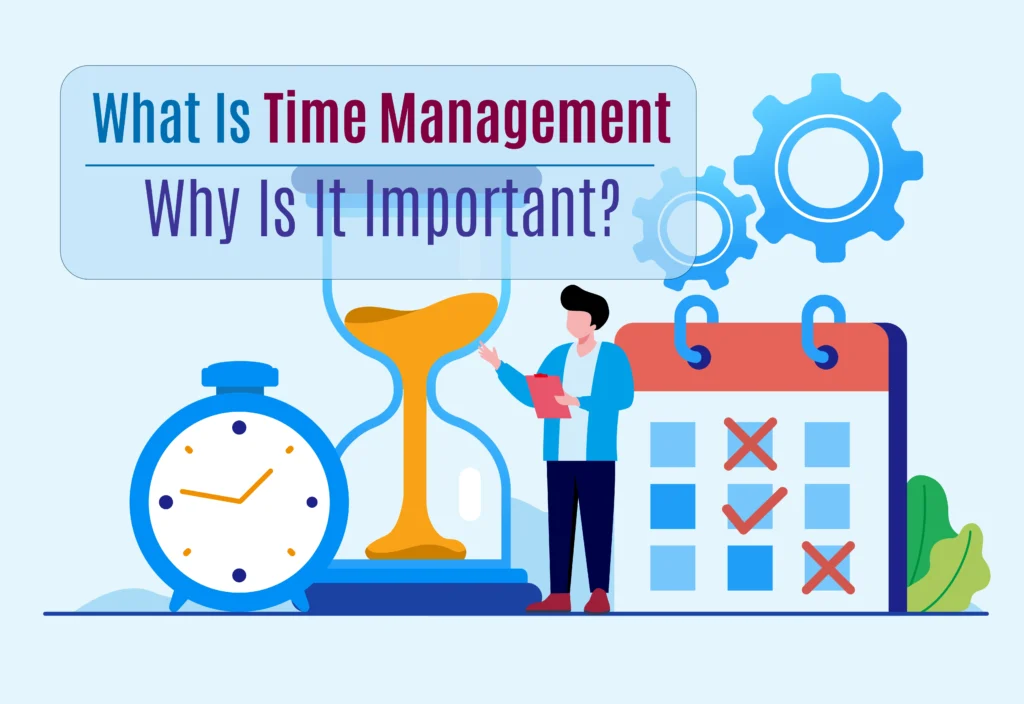10 Common Retirement Planning Mistakes to Avoid
Retirement is a time to enjoy the freedom and rewards that come after decades of hard work. But without proper planning, the dream of a stress-free retirement can turn into a financial nightmare. Even minor missteps can jeopardize your financial security and force you to make difficult compromises later in life.
In this guide, we’ll highlight 10 common retirement planning mistakes and, more importantly, show you how to avoid them. By sidestepping these pitfalls, you can build a solid retirement plan that ensures a comfortable and secure future.

Why Avoiding Retirement Planning Mistakes is Crucial
Retirement planning is about much more than saving money. It’s about creating a financial roadmap that accounts for your future needs, including inflation, healthcare costs, and unexpected life changes. Poor planning, or not planning at all, can lead to financial shortfalls that force retirees to cut back on their lifestyle, sell assets, or even return to work.
The Cost of Poor Retirement Planning
Running Out of Money in Retirement
The most significant risk of poor planning is the possibility of outliving your savings. With people living longer than ever—many well into their 80s or 90s—retirement can last 20-30 years. Without proper planning, retirees can deplete their savings too quickly, leaving them financially vulnerable in their later years.
Sacrificing Lifestyle or Healthcare Needs
When retirement savings fall short, retirees may be forced to sacrifice things like travel, hobbies, or even essential healthcare services. Poor planning can leave you without the financial flexibility to enjoy your retirement or take care of your health as you age.
10 Common Retirement Planning Mistakes to Avoid
By knowing what to look out for, you can prevent these common mistakes from derailing your retirement.
1. Not Starting to Save Early Enough
One of the biggest mistakes people make is delaying retirement savings, assuming there’s plenty of time to catch up later. However, this approach overlooks the power of compound interest.
The Power of Compound Interest
Compound interest allows your savings to grow exponentially over time. The earlier you start saving, the more time your money has to grow. Even small contributions made in your 20s and 30s can accumulate into significant amounts by the time you retire. Waiting until your 40s or 50s to start saving can leave you scrambling to catch up.
Solution: Start Saving as Early as Possible
Even if you’re only able to save small amounts, start as early as possible. Contribute consistently to retirement accounts like a 401(k) or IRA, and take advantage of employer matching contributions if available. The longer your money has to grow, the less you’ll need to save later in life.
2. Underestimating Retirement Expenses
Many people underestimate how much they’ll spend in retirement, assuming their living costs will decrease. While some expenses like commuting may go down, others—like healthcare and leisure—often increase.
Commonly Overlooked Expenses in Retirement
Retirees often overlook costs such as:
- Healthcare: Even with Medicare, retirees may face high out-of-pocket expenses for premiums, medications, and long-term care.
- Taxes: Taxes on retirement income, including withdrawals from traditional 401(k)s or IRAs, can eat into your savings.
- Inflation: The cost of living will rise over time, meaning you’ll need more money in future years to maintain the same lifestyle.
Solution: Create a Detailed Retirement Budget
Estimate your future expenses by breaking them into categories such as housing, food, healthcare, insurance, transportation, and entertainment. Be sure to account for inflation and unexpected costs, so you aren’t caught off guard.
3. Relying Solely on Social Security
Some people believe that Social Security will be enough to cover their retirement expenses. However, Social Security benefits were never intended to replace your full income. On average, Social Security replaces only about 40% of pre-retirement income.
The Reality of Social Security Benefits
While Social Security is a valuable source of income, it’s unlikely to be enough to cover all your expenses. If you rely solely on Social Security, you could face significant shortfalls, especially if you have higher living expenses or healthcare needs.
Solution: Build Multiple Income Streams
Diversify your income sources by investing in retirement accounts, building passive income streams, or creating a side business. Rental properties, dividend stocks, and annuities are great ways to supplement Social Security and ensure you have enough income to cover your expenses.
4. Failing to Adjust for Inflation
Inflation can significantly erode the purchasing power of your retirement savings. What costs $50,000 today could cost $80,000 in 20 years. If your retirement plan doesn’t account for inflation, you may find your savings running out faster than expected.
The Long-Term Impact of Inflation on Purchasing Power
Over time, inflation decreases the value of your money, meaning you’ll need more to buy the same goods and services. This can be especially problematic if you’re living on a fixed income in retirement.
Solution: Invest in Inflation-Protected Assets
Consider adding Treasury Inflation-Protected Securities (TIPS) to your portfolio. These are government bonds designed to increase in value with inflation. Additionally, stocks, real estate, and dividend-paying investments tend to grow with inflation, helping preserve your purchasing power.
5. Not Maximizing Tax-Advantaged Accounts
Tax-advantaged accounts like 401(k)s and IRAs provide significant benefits for retirement savers. Failing to take full advantage of these accounts can result in lower savings and missed opportunities for growth.
Missing Out on 401(k) or IRA Contributions
By not contributing the maximum allowed to your 401(k) or IRA, you miss out on tax-deferred growth, which can significantly boost your savings. You’re also leaving free money on the table if your employer offers a matching contribution and you’re not contributing enough to get the full match.
Solution: Maximize Contributions and Use Catch-Up Contributions
Aim to contribute the maximum amount allowed to your 401(k) or IRA each year. If you’re over 50, take advantage of catch-up contributions, which allow you to contribute more than the standard limit to boost your retirement savings.
≫ Learn More: 401(k) vs IRA: Which Retirement Plan Is Better?
6. Poor Investment Diversification
Relying too heavily on a single type of investment can increase your risk, especially if that asset class underperforms. For example, putting all your money in stocks might result in significant losses if the market crashes close to your retirement.
Relying Too Heavily on One Asset Class
Investing all your retirement savings in one asset class—whether it’s stocks, bonds, or real estate—can leave you vulnerable to market fluctuations. A diversified portfolio helps balance risk and return.
Solution: Create a Balanced Portfolio
Diversify your retirement savings across different asset classes like stocks, bonds, real estate, and mutual funds. This will help protect your investments from market volatility and provide more consistent returns over the long term.
7. Forgetting to Adjust Asset Allocation as You Age
As you approach retirement, your investment strategy should shift to become more conservative. Too much risk close to retirement can result in significant losses, while being too conservative early on can hinder growth.
Staying Too Aggressive or Too Conservative
Keeping a high-risk portfolio (e.g., heavily invested in stocks) too close to retirement can leave you vulnerable to market downturns. On the other hand, being too conservative (e.g., heavily invested in bonds) early in your career can limit growth potential.
Solution: Shift to More Conservative Investments as Retirement Approaches
As you near retirement, gradually shift your portfolio toward more conservative investments like bonds or dividend-paying stocks. This reduces the risk of large losses that could derail your retirement savings.
8. Not Accounting for Healthcare Costs
Healthcare is one of the largest expenses in retirement, yet many people fail to plan for it adequately. Medicare doesn’t cover everything, and out-of-pocket costs can add up quickly.
The High Cost of Healthcare and Long-Term Care
Long-term care, dental care, vision, and hearing aids are often not covered by Medicare. Without proper planning, these costs can deplete your savings. According to estimates, a 65-year-old couple retiring today will need around $300,000 for healthcare expenses alone, excluding long-term care.
Solution: Plan for Healthcare with HSAs and Long-Term Care Insurance
Start saving for healthcare costs early by contributing to a Health Savings Account (HSA), which offers tax-free growth for medical expenses. Consider purchasing long-term care insurance to cover the cost of extended care needs later in life.
9. Withdrawing Retirement Funds Too Early
Withdrawing from your retirement accounts before you’re eligible can lead to significant penalties and taxes, reducing the amount you have for the future.
Penalties for Early Withdrawals from 401(k)s or IRAs
Withdrawing from a 401(k) or IRA before age 59 ½ results in a 10% early withdrawal penalty, plus income taxes on the amount withdrawn. This can significantly reduce your retirement savings and leave you with less money when you need it most.
Solution: Wait Until Eligible and Use Safe Withdrawal Strategies
Avoid early withdrawals and follow the 4% withdrawal rule in retirement. This strategy suggests withdrawing 4% of your savings annually, which helps ensure you don’t outlive your retirement funds.
10. Failing to Update Estate and Beneficiary Plans
Your estate plan ensures that your assets are distributed according to your wishes after your death. Failing to keep these documents up to date can lead to legal complications, probate, and unnecessary taxes.
Outdated Wills, Trusts, or Beneficiary Designations
If you fail to update your will, trust, or beneficiary designations, your assets may not go to the intended heirs. Life changes such as marriage, divorce, or the birth of a child should trigger an update to these documents.
Solution: Regularly Review and Update Estate Plans
Make it a habit to review your estate plan every few years or after major life events. Ensure that your beneficiary designations on retirement accounts and life insurance policies are up to date to avoid probate and tax issues.
How to Stay on Track and Avoid Retirement Pitfalls
Now that you know the most common mistakes, how can you stay on track and avoid these pitfalls?
Regularly Review Your Retirement Plan
It’s important to review your retirement plan annually or semi-annually to make sure you’re on track. Look at your savings, investment performance, and expenses, and make adjustments as needed.
Annual or Semi-Annual Financial Reviews
Set a regular schedule to review your finances. If your investments aren’t performing as expected, or if your expenses change, you may need to adjust your contributions or reassess your goals.
Work with a Financial Advisor
If you’re unsure about your retirement plan or feel overwhelmed, consider working with a certified financial planner. A financial advisor can help you avoid mistakes and create a customized retirement plan that fits your goals and risk tolerance.
The Benefits of Professional Financial Planning
A financial advisor can provide expert advice, help you maximize tax-advantaged accounts, and ensure your investments are properly diversified. They can also offer strategies for generating income in retirement and protecting your assets from market volatility.
Conclusion: Plan Ahead to Avoid Common Retirement Mistakes
Avoiding common retirement planning mistakes can be the difference between a comfortable retirement and one filled with financial stress. By starting early, staying diversified, accounting for inflation, and working with a financial advisor, you can create a solid retirement plan that meets your needs and ensures your financial security. Take control of your future by planning wisely today.
















